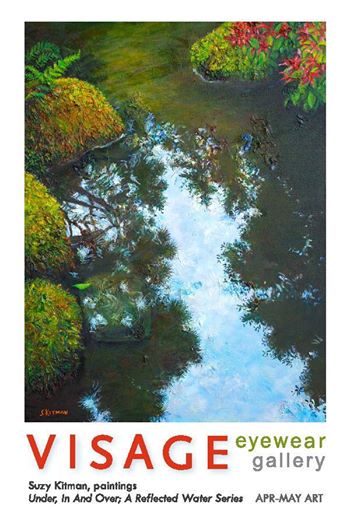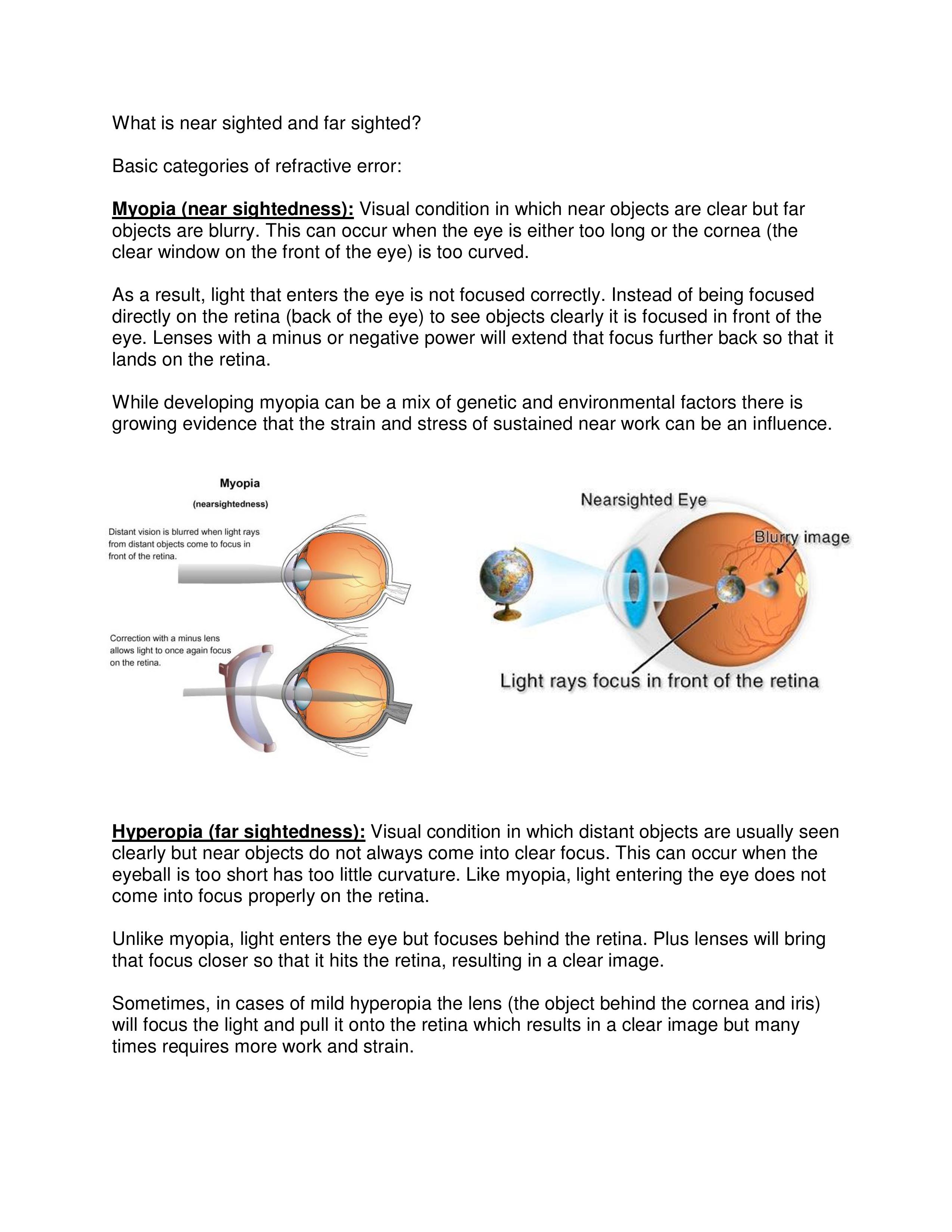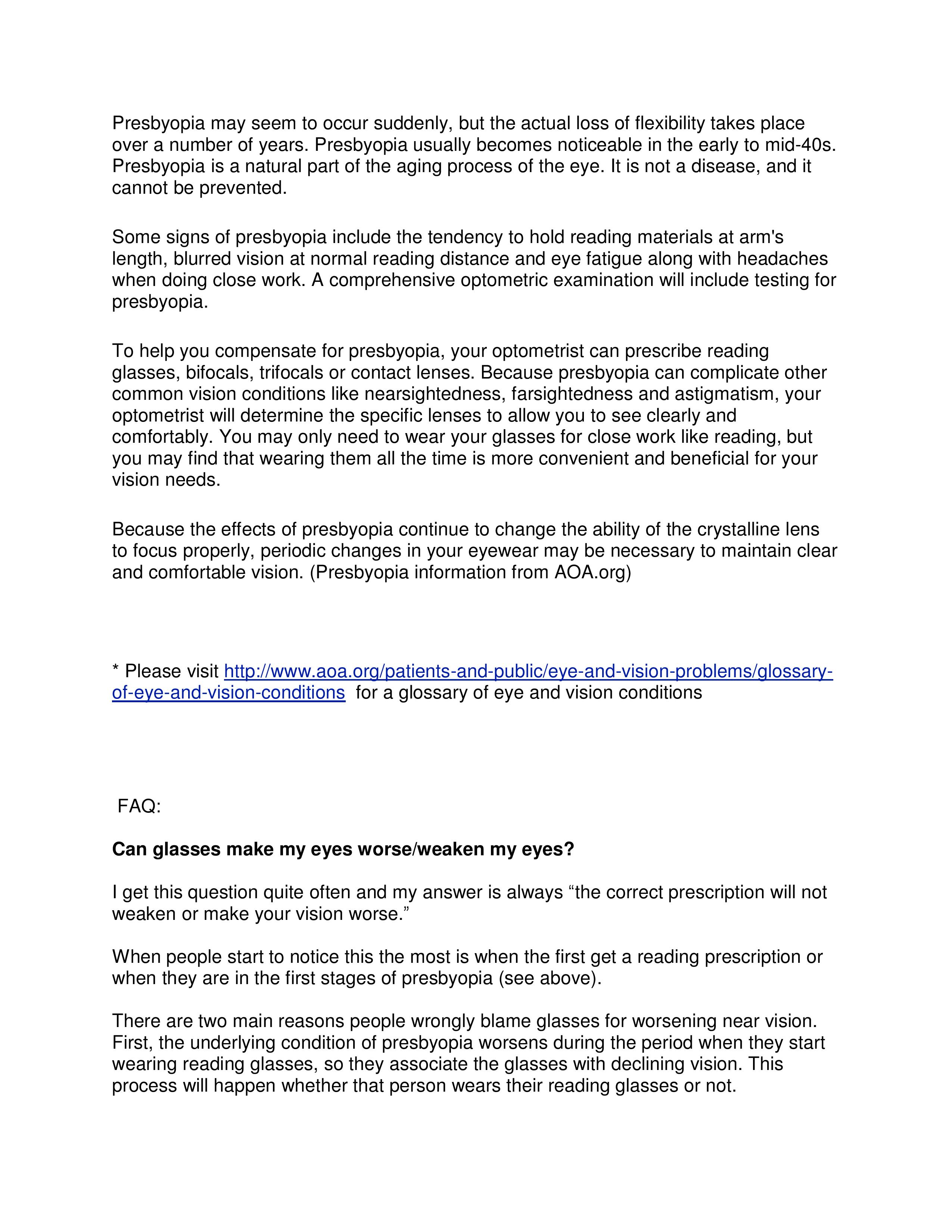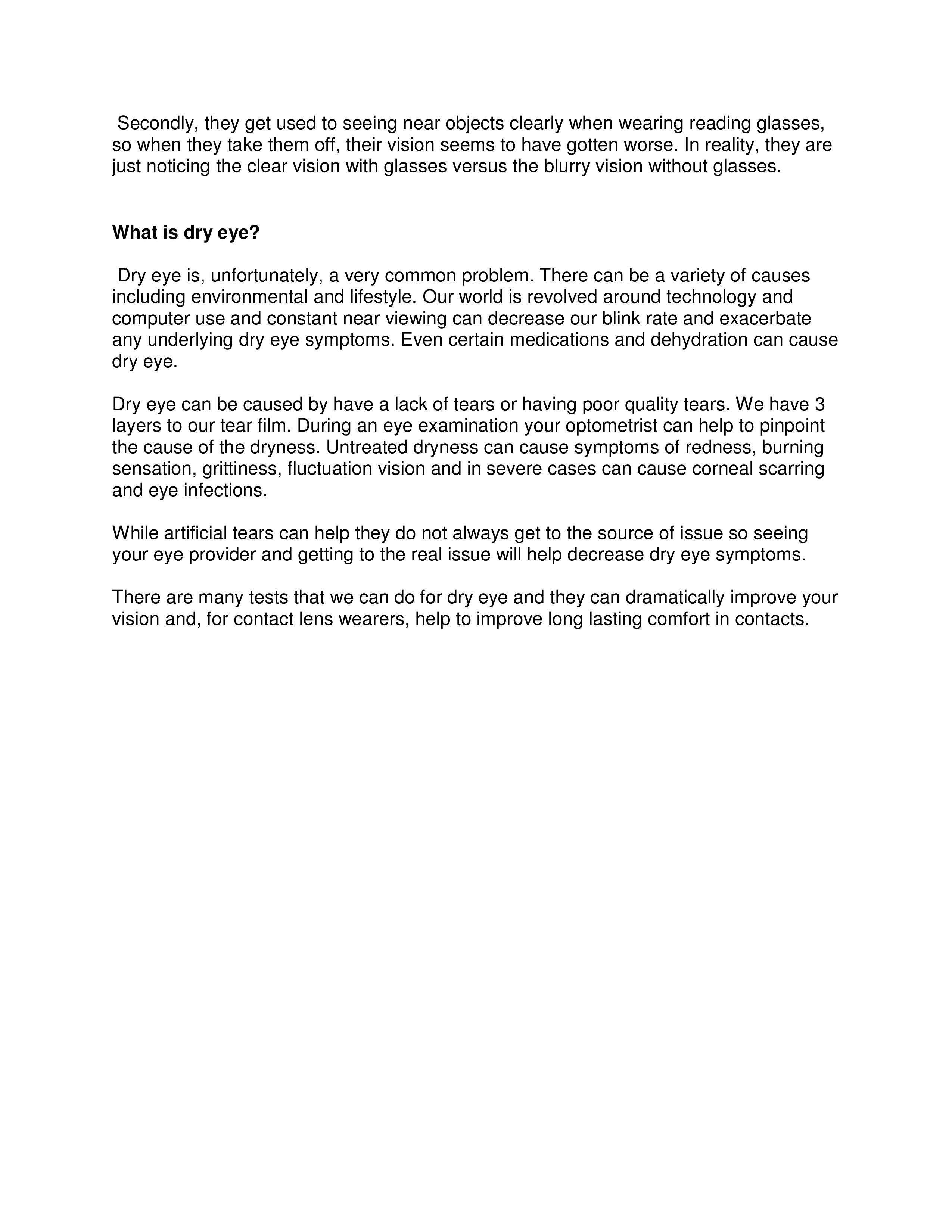Could your morning coffee be good for your eyes?
A new study out of Cornell University found that a product many people consume daily—coffee—may have a positive effect on eye health.
The research, published in the Journal of Agricultural and Food Chemistry, found that a main ingredient in raw coffee—chlorogenic acid, or CLA—may protect against deteriorating eyesight and possible blindness from retinal degeneration due to glaucoma, aging or diabetes.
To conduct the study, researchers treated mice eyes with nitric oxide, which creates oxidative stress and free radicals, leading to retinal degeneration.
However, mice eyes pretreated with CLA developed no retinal damage.
Scientists involved with the study believe the next step is to determine if drinking coffee facilitates CLA crossing the blood-retinal barrier membrane. In addition, if future studies find CLA effective in preventing retinal damage, synthetic compounds could be developed and delivered with eye drops.
The impact of nutrition on eye health:
Optometrists have a duty to inform their patients about good nutrition and how it can affect their overall well-being and vision health, says Robert Bittel, O.D., chair of the AOA’s Health Promotions Committee.
“We have been aware of the importance and value that proper nutrition plays in good overall health, and specifically good eye health, for some time now,” Dr. Bittel says. For example, the original Age-Related Eye Disease Study (AREDS) was conducted in 2001, followed by the more recently published AREDS2 in 2013.
The AOA has a free supplement called “Eye Health and Nutrition After AREDS2,” which was produced with an education grant from Kemin.
Dr. Bittel, a regular coffee drinker himself, believes this new study—along with any study that touts the benefits of any consumable product—warrants follow-up research.
“As with any study that cites commonly used food items as therapeutic in some way, caution has to be taken so that the public understands the negative as well as the positive potential implications of drinking coffee,” Dr. Bittel says.
(As posted on www.aoa.org)
















